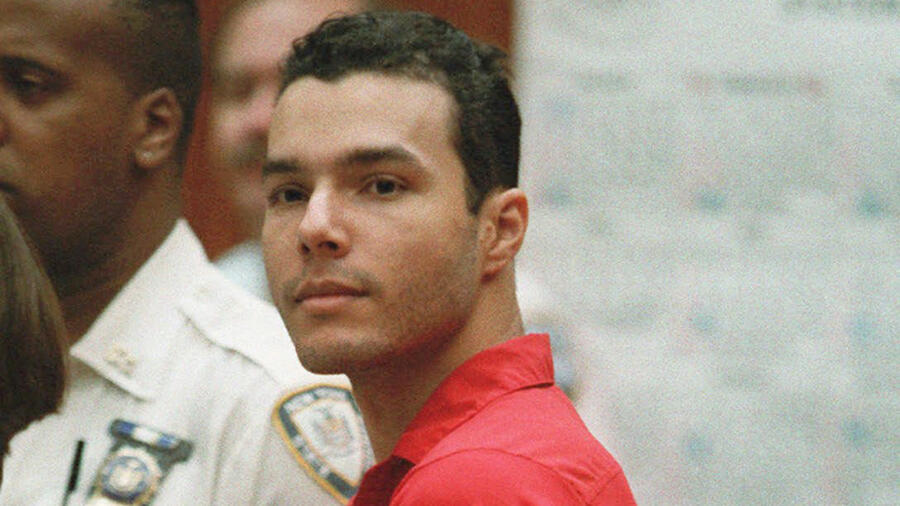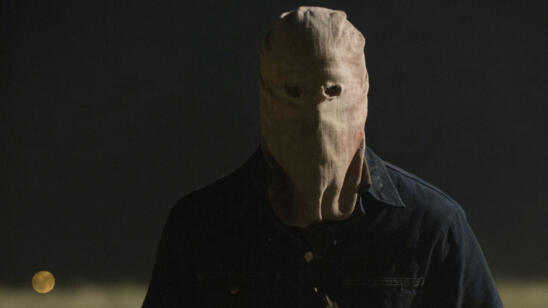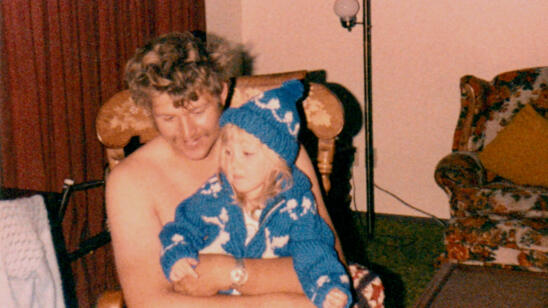When Eric Harris and Dylan Klebold shot 37 students and staffers at Columbine High School in April of 1999, killing 13, it was a burst of juvenile violence without precedent. “School shootings” were not yet a part of our lexicon. The only thing comparable in American history—the University of Texas tower shooting—had occurred more than 30 years prior. But in the years to come, school shootings would become a tragic part of American life: Virginia Tech. Sandy Hook. Parkland.
Were all these new killers inspired to act as they did because news of those attacks moved them to do so? And if that’s the case: What kind of person decides to be a mass murderer because of something they saw on television?
Jacqueline Helfgott, a professor of criminal justice at Seattle University and an expert in both psychopathy and copycat crime, says the “copycat effect” is a severely under-explored phenomenon in criminology…and one that psychopaths might be particularly influenced by.
“Psychopaths have identity disturbance. They have a distorted sense of identity in that they have to mimic other people,” Helfgott tells A&E True Crime. “They don’t have human attachments. They don’t have remorse. They really don’t have feelings… And because psychopaths are searching for identity, they are susceptible to having these distorted relationships with mass media.”
The lack of empathy, combined with a desire to blend in, can become a recipe for extreme violence when combined with a psychopathic competitive spirit.
“Psychopaths need to be number one—better than everybody else,” Helfgott says.
A&E True Crime looks at some of the killers who’ve openly acknowledged being inspired by others.
Eddie Seda
Between the late 1960s and early 1970s, an unknown killer terrorized Northern California. Known to law enforcement as “Zodiac,” the killer sent taunting letters to newspapers and police, in which he included messages written in mysterious cryptographic code. The murderer was never apprehended.
Twenty years later, a new Zodiac emerged: Herbieto “Eddie” Seda, who carried out his killings in New York City.
Like the original Zodiac, Seda sent threatening notes to the media and to police. And like the original, Seda encrypted his messages.
The case broke open when Seda shot his half-sister, nonfatally. Seda was arrested for the domestic disturbance, at which point investigators noticed similarities between Seda’s handwritten statement and the unsolved Zodiac letters. A confession followed shortly thereafter.
Now serving a 232-year sentence after being convicted of three murders, Seda allegedly hates being referred to as a copycat—even though he admits being inspired by the original Zodiac case.
According to Helfgott, copycat killers don’t want to “be known specifically as copycat killers, per se. They just want celebrity, and they get their ideas from the media.”
Matthew Milat
A copycat killer doesn’t have to get their information solely from mass media. Some killers are just taking their cues from those higher than them on the family tree.
Such was the case with Matthew Milat, an Australian juvenile who murdered school friend David Auchterlonie with an axe on Auchterlonie’s 17th birthday.
After the killing, Milat boasted to one friend, “You know me, you know my family. You know the last name Milat. I did what they do.”
Indeed, the Milat name had already made headlines—for all the wrong reasons. Matthew’s great-uncle was Ivan Milat, a roadworker who brutally murdered seven backpackers and buried them in Belanglo State Forest, a naturally protected area a few hours south of Sydney.
Like his great-uncle, Matthew committed his murder in Belanglo State Forest.
Raymond Surette, a professor of criminal justice at the University of Central Florida and an expert in copycat crime, says that familial mimicry of criminality is extremely commonplace.
“Particularly in juvenile delinquents, copying other people is a no-brainer,” Surette tells A&E True Crime. “Males tend to form these tight-knit social groups, and the younger members in the group tend to imitate and emulate the older members… A lot of people who wind up in the juvenile justice system will have had older relatives—parents, or aunts and uncles—who are already in prison. Live models tend to be powerful models for criminality.”
Michael Madison
If Seda’s model was the nationally notorious Zodiac, and Milat’s was the great-uncle who brought infamy to the family name, Michael Madison found a hometown inspiration. Cleveland native, Madison was inspired by Anthony Sowell, a local serial killer known as “the Cleveland Strangler,” who’d been arrested less than four years prior to Madison’s violent spree.
Sowell raped and murdered 11 women in Cleveland between 2007 and 2009. He was convicted of his crimes and sentenced to death in 2011.
According to Cleveland’s mayor, Madison “idolized” Sowell and saw him as a model for the murders he would commit—of three young African-American women, whose bodies he left in East Cleveland, mere miles from where Sowell had disposed of his 11 victims. Madison’s ex-girlfriend said the killer was fixated on Sowell’s case, watching YouTube videos and crying in sympathy with the perpetrator.
Would Madison have still committed the murders if he’d never heard of Anthony Sowell?
Surette says that’s a debate that’s been raging for half a century, wherein the biggest shifts in conversation surround the form of violent media being scrutinized—whether it’s comic books, slasher films, video games, or even true crime reporting.
But while one side of the debate argues that violent media can act as a trigger—causing bloodshed where it otherwise would not have occurred—Surette is more inclined to see it as a rudder.
“The ship of crime is sailing along,” Surette says. “And the media can steer it one way or the other.”
Related Features:
Did Jeffrey MacDonald Kill His Family or Was He the Victim of Manson Copycats?
Murders By Two: Notorious Examples of Folie à Deux
Why Are There More Serial Killers in the U.S. Than Any Other Country?


